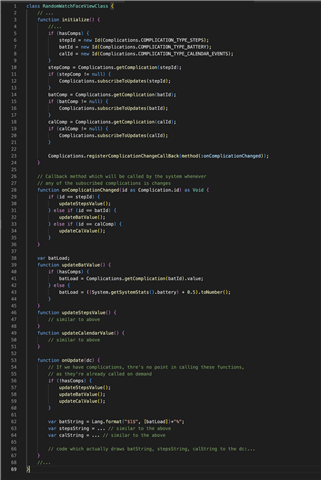Hello,
Before I head down the path of complications, please verify:
1) It's not that drastic to convert/publish my Glance as an app
2) I can open my own app using a long press on an area of my compatible watch face
It looks a bit daunting from my amateur programmer seat.
Thanks



